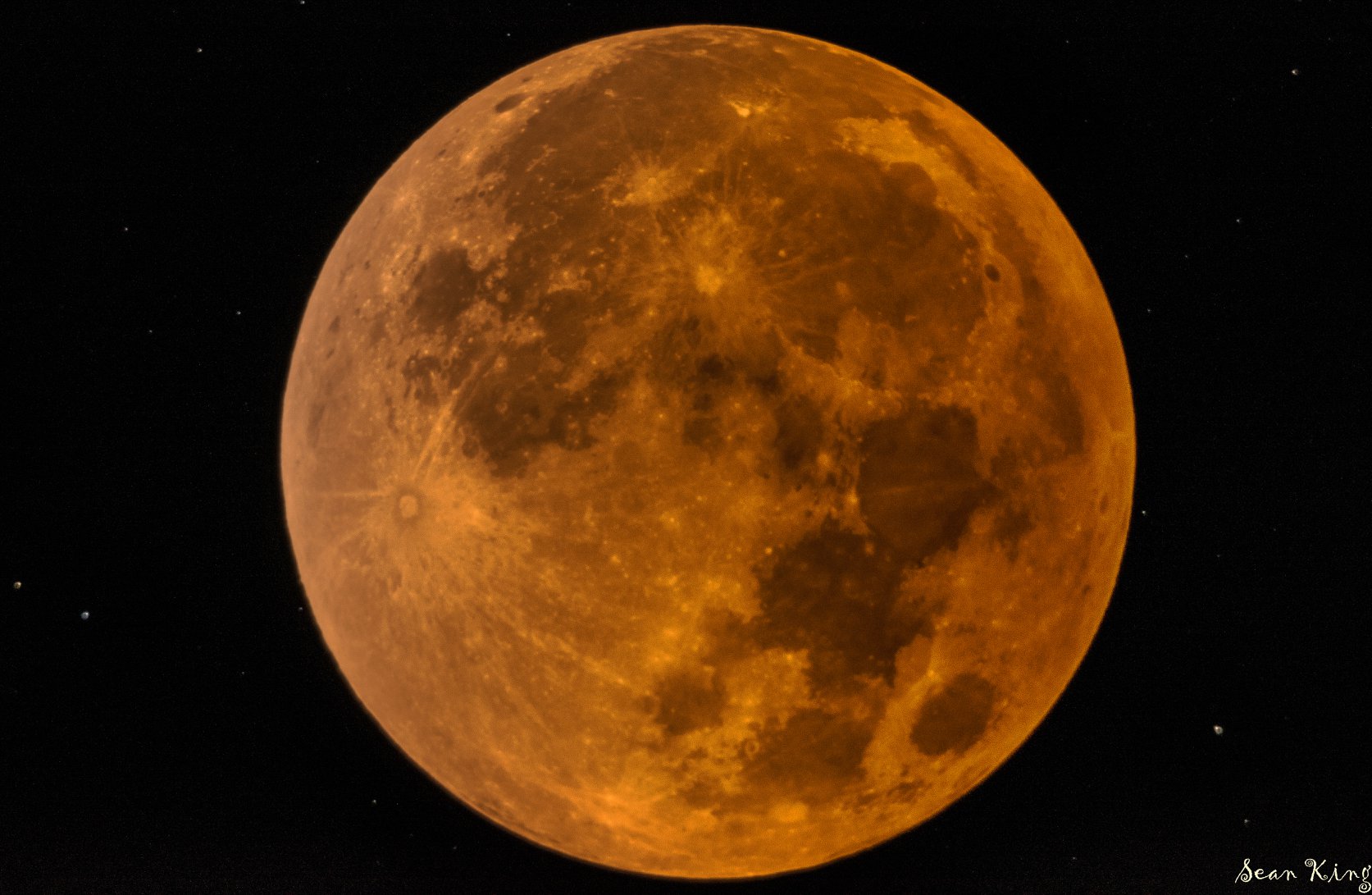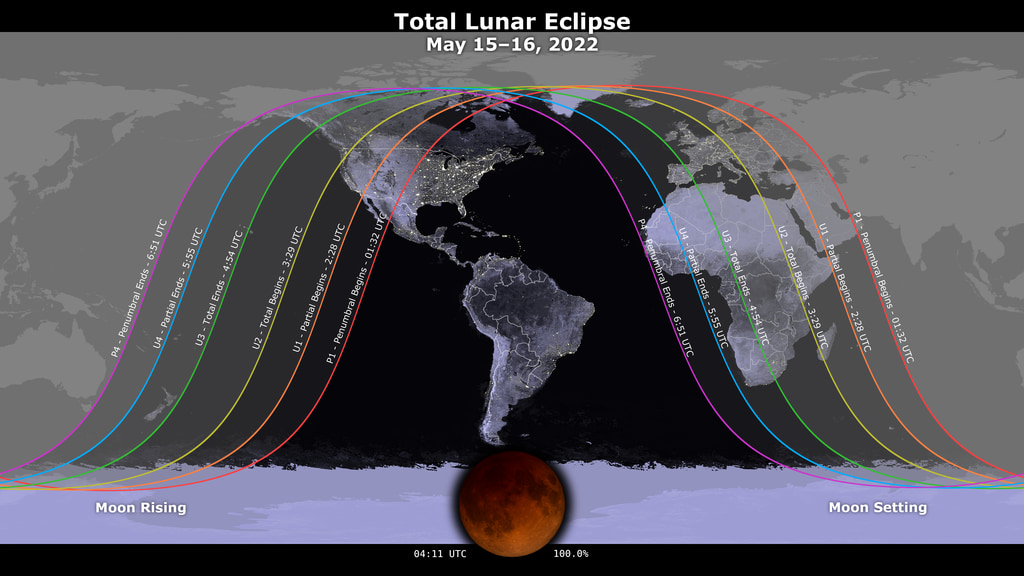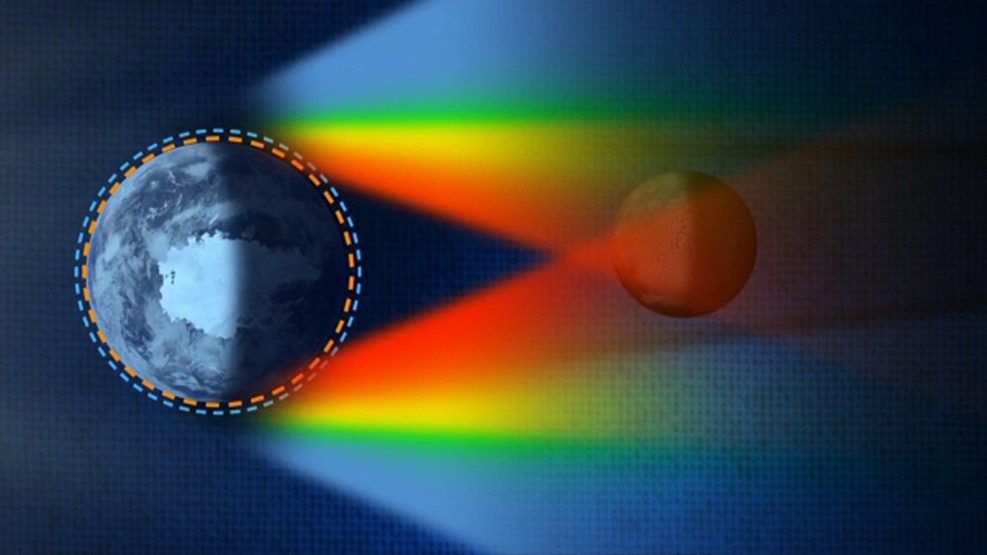
Photograph: Sean King /Facebook
A spectacular lunar eclipse will grace the late night skies across much of North America this weekend, with the phenomena known as a “blood moon” showcasing the Moon in a bath of red light. On Saturday night at 10:27 pm ET, a partial eclipse will begin; totality will begin at 11:29 pm and last through 12:53 am. The entire eclipse will wrap up by 2:50 am ET on May 16.
A lunar eclipse occurs when the Moon passes directly behind Earth and into its shadow. This can occur only when the Sun, Earth, and Moon are exactly or very closely aligned, with Earth between the other two. A lunar eclipse can occur only on the night of a full moon. Unlike a solar eclipse in which its dangerous to stare at the sun, there is no danger associated with watching a lunar eclipse at night. As such, no special eclipse glasses are required to safely watch the Moon.

As long as Mother Nature cooperates with clear skies, most of the U.S. will be able to see at least part of the eclipse, with the eastern half of the U.S. set to get the best views. While the Big Island of Hawaii and portions of southeastern Alaska will be able to experience some of the eclipse, the extra-continental states won’t have the same stunning nighttime show that the continental U.S. will.
During a total lunar eclipse, Earth completely blocks direct sunlight from reaching the Moon. The only light reflected from the lunar surface has been refracted by Earth’s atmosphere. This light appears reddish for the same reason that a sunset or sunrise does: the Rayleigh scattering of bluer light. Rayleigh scattering refers to the scattering of light off of the molecules of the air, and can be extended to scattering from particles up to about a tenth of the wavelength of the light. It is Rayleigh scattering off the molecules of the air which provides a typical blue sky.
